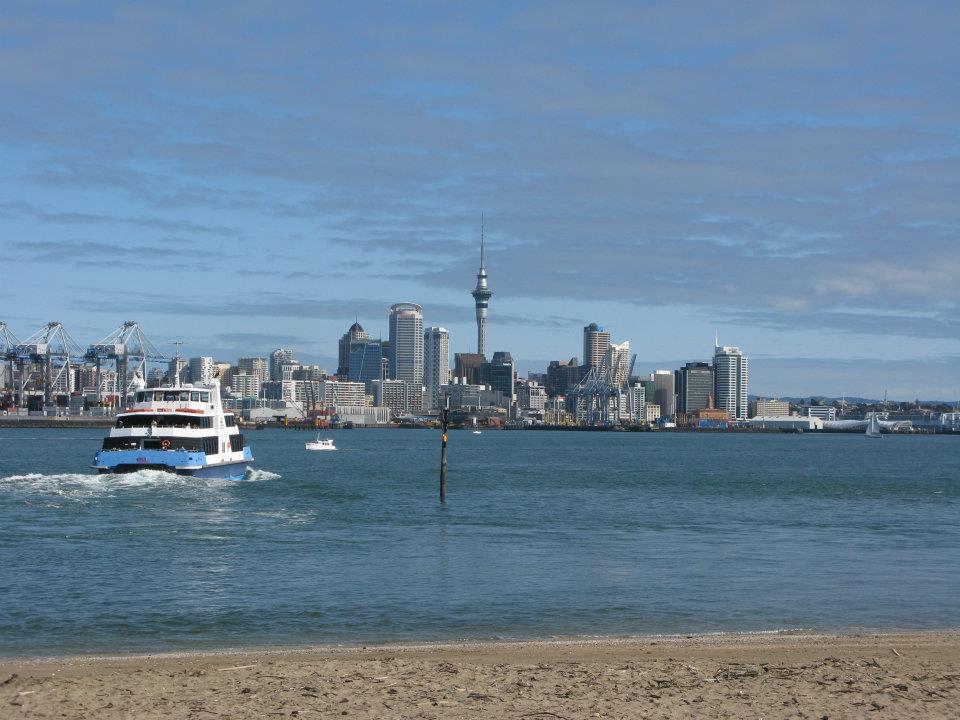Dwelling consents strong in August
27 Oct 2017, Industry News

The combined floor area of new dwelling consents reached a 13-year high in August
Measured by floor area, a total of 549,659m2 of new dwellings were consented in August – the largest recorded since June 2006.
A total of 3,166 new dwellings were consented, including a total of 2,025 houses and 384 apartments. Seasonally adjusted*, the number of new dwellings consented for August increased by 10%, following a 1.7% increase in July. For houses only, the seasonally adjusted measure dipped 0.8% on the back of an 8.8% rise.
In the regions
Compared to August 2016, the number of new dwellings consented increased in 11 of the 16 regions led by Auckland (up 214 to 1,184; +22%), Wellington (up 83 to 244; +53%) and Waikato (up 42 to 356; +13%). Gisborne, Hawke’s Bay, Manawatu-Wanganui, Marlborough, Otago, Southland, Tasman and West Coast were the other regions to consent a greater number of new dwellings than 12 months ago.
In the year ending August, a total of 10,265 new dwellings were consented in Auckland compared to the peak of 12,937 recorded in the 12 months to June 2004.
“Auckland’s building consent statistics are quite volatile because of the high proportion of apartments. Looking at the longer-term picture, Auckland has consented an average of more than 850 new homes a month over the past year,” said Stats NZ construction statistics manager Melissa McKenzie.
Canterbury (down 70 to 498; -12%), Northland (down ten to 123; -8%) and Taranaki (down seven to 49; -13%) were the regions to consent the fewest new dwellings in August 2017 compared to August 2016. Bay of Plenty and Nelson were the only other regions to consent less new dwellings.
Value of non-residential building up
In the year ended August 2017, non-residential building consents totalled $6.4bn – up 3.4% from the August 2016 year.
The regions with the highest value of consented non-residential building work were:
- Auckland – $2.3bn.
- Canterbury – $1.5bn.
- Wellington – $619m.
- Waikato – $465m.
In the year ended August 2017, the value of consents for all buildings was $19.5bn, comprising $13.1bn of residential work and $6.4bn of non-residential work.
Changes to reporting method
Stats NZ is changing the way it calculates the seasonally adjusted and trend series* in building consents issued. From 31 October 2017, all seasonally adjusted series will include an adjustment for the timing of Easter to account for when Easter moves between March and April. This change will affect the entire time series.
Stats NZ is also updating the way it treats outliers in the trend for the value of non-residential building consents. Currently, consents with a value of $50 million or more are excluded from the calculation, but this threshold will be increased to $100 million backdated to 2006.
Currently, these outliers are only excluded from the monthly trend. For consistency, Stats NZ will now also exclude these outliers from the quarterly trend.
* Seasonal adjustment removes the estimated effect of regular seasonal events, such as summer holidays and pre-Christmas purchasing, from statistical series to make figures for adjacent periods more comparable.
Trend estimation removes the estimated effect of regular seasonal events and irregular short-term variation from statistical series. This reveals turning points and the underlying direction of movement over time. Both are re-estimated on a monthly basis as new data becomes available.
Register to earn LBP Points Sign in



